Planting ideas
Botanic Garden launches a web portal to its entire living collection to fast-track global research
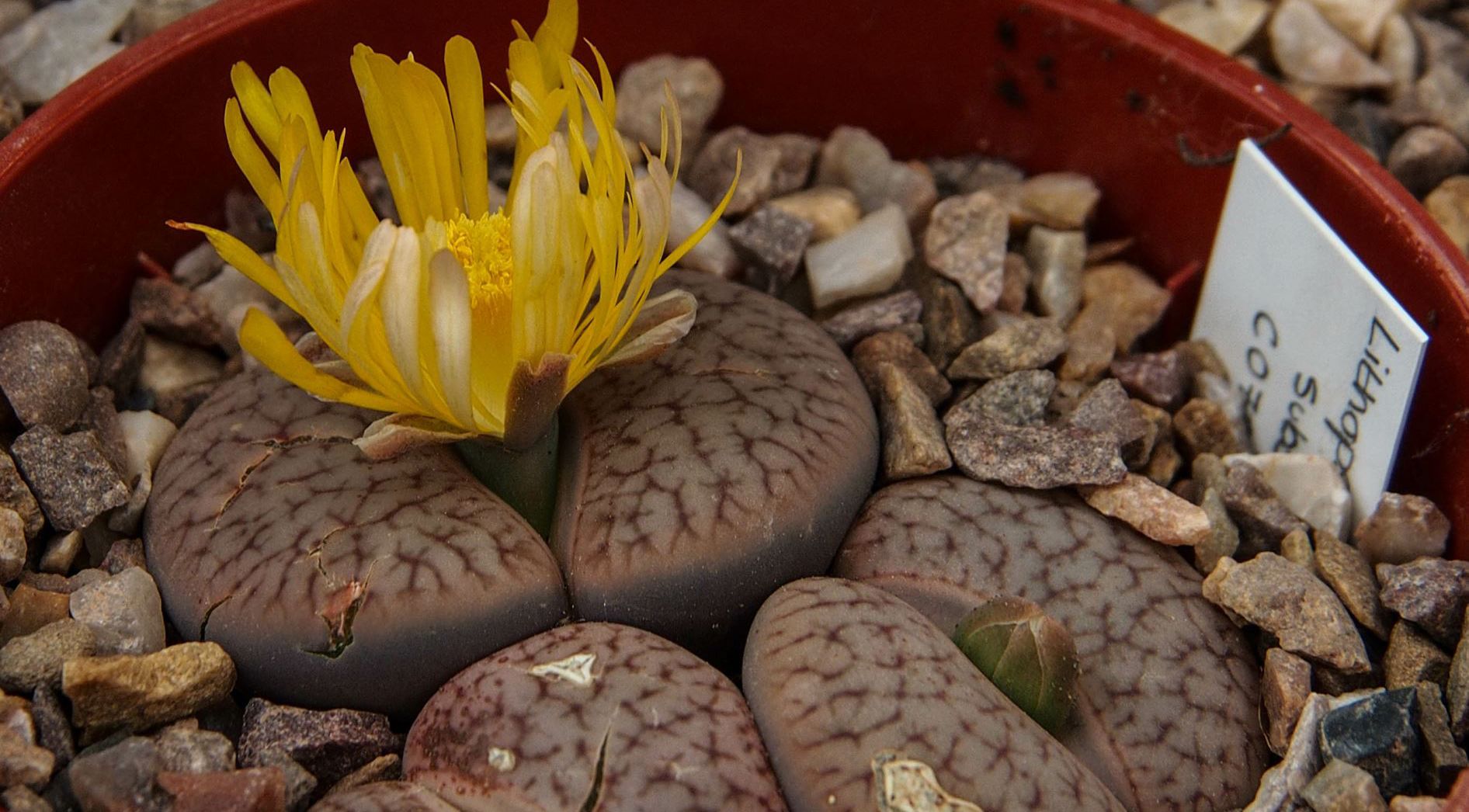
In California, a scientist urgently needs a rare plant for DNA sequencing. In Paris, another is running out of time to find an endangered orchid. In Cambridge, Dr Samuel Brockington has a plan...
He’s the curator of Cambridge University Botanic Garden (CUBG) but it and he are in COVID-19 lockdown. It’s April 2020 and unseen by the public, leaves are bursting out of buds and flowers unleashing a riot of colour. It’s a curator’s worst nightmare – in a normal year, CUBG welcomes over 300,000 visitors. Suddenly it’s off-limits (don’t worry, it’s since reopened).
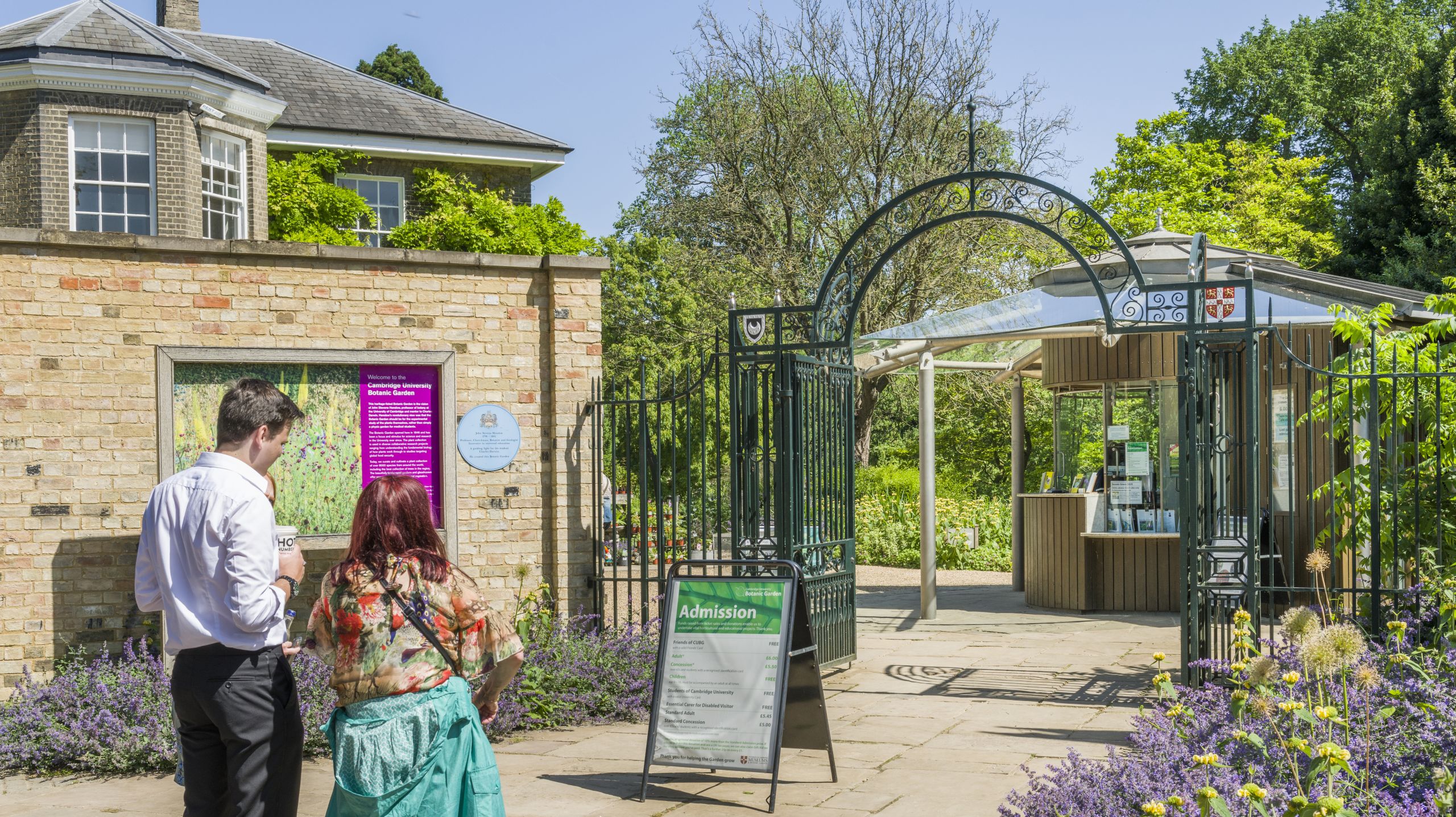
Entrance to the Botanic Garden
Entrance to the Botanic Garden
“It was really painful to close the gates, especially in Spring”, Brockington says. “We had to make the best of a terrible situation. The pandemic has supercharged our efforts to open access to our collections in every way we can. We were making strides before but it feels even more urgent now.”
The Garden, which reopened in June, occupies over 40 acres and nurtures some 14,000 living accessions representing over 8,000 species. They include many of the world’s most iconic and endangered trees and plants. But until now, finding out precisely what the Garden held required some digging, or at least some phone calls and emails.
Now researchers, educators, conservationists, professional horticulturalists and the general public can access all of this information for free and at the click of a button using CUBG’s new Living Collections Portal.
“This was one of our lockdown projects,” says Brockington, a University lecturer in plant sciences as well as the Garden’s curator. “It kept me and my team very busy, and gave us something to work towards, amidst all the madness.”

Dr Samuel Brockington
Dr Samuel Brockington
While other botanic gardens around the world have developed collection portals of this kind, Cambridge’s is unusual in allowing exceptional data access and by enabling certain users to directly request material for research purposes.
Official representatives of botanic gardens, universities and scientific institutions can now use the portal to order dried plant materials from which they can extract DNA, fresh frozen material and seeds, as well as photos and further information.
The portal was developed in collaboration with local company Studio24, and feeds from CUBG’s own database, enables users to search by species name, by a variety of higher taxonomic ranks, by global conservation status, by provenance, and by accession number. You can also filter to remove cultivar and hybrid species, and so constrain your search to biological species only.
Supporting world-class research is central to the vision laid out by the Garden’s Director, Professor Beverley Glover. “So this is a big step for us”, Brockington says. “We’re never going to be the biggest collection in the world, but we’re determined to be the most accessible and facilitate as much research as possible.”
From cagey to co-operative
Historically, botanic gardens have tended to be cagey about what they hold, Brockington admits.
“That was partly because they were competitive and didn’t want to disclose all their acquisition methods, which weren’t always ethical. Now we’re in a more enlightened phase in which gardens co-operate in a network. There is a very strong culture of sharing and a lot of our common objectives require awareness of what we all hold.”
This awareness is particularly urgent when trying to save plants threatened by extinction. “Knowing that you are the only garden that holds a particular plant, or locating that lone guardian quickly, or understanding the combined value of different collections, is becoming more important every day,” Brockington says.
Over the past five years, the curatorial team has been working hard to get samples and information into the hands of international researchers as quickly as possible. “We’ve already quadrupled the number of research requests we process”, Brockington says. “The portal should accelerate that progress. We want it to be as easy as ordering from Amazon.”
The portal also aims to serve passionate gardeners, enabling them to check that the Garden holds particular plants of interest ahead of a visit, or for their own research. In subsequent phases, the team hopes to link users from their search hits to a map so they can see precisely where the plant or tree is located in the garden.
Strongylodon macrobotrys, commonly known as jade vine, emerald vine or turquoise jade vine, is a species of leguminous perennial liana native to the tropical forests of the Philippines
Strongylodon macrobotrys, commonly known as jade vine, emerald vine or turquoise jade vine, is a species of leguminous perennial liana native to the tropical forests of the Philippines
Planning for the future
The portal sprouts from CUBG’s first ‘Living Collections Strategy’, developed by Brockington, Glover and colleagues. This looks forward from 2020 to ask how they can best safeguard the world’s plant diversity within the wider global botanic garden network. The strategy also seeks to drive excellence in research and teaching to help tackle some of our most urgent challenges: climate change, food security and the production of medicines.
The strategy puts plant diversity and wild-collected plant material at the top of CUBG’s agenda, as they believe this is crucial to supporting world-class research.
By carefully assessing what the entire global network of botanic gardens are achieving, they want to best position CUBG to collaborate within that network, but also to differentiate the Garden and make its collections unique.
Brockington says: “Having open access to strategically-planned collections of rare, wild and diverse plant material will help scientists better understand how plants thrive and survive. Their work, and our work, has never been more critical or urgent.”
The Garden is now open again - please note that entry is with pre-booked tickets only.
To whet your appetite for a visit or some research, we’ve selected some highlights from the collection, all featured on the new Living Collections Portal, naturally.
Media enquiries: Helen Needham
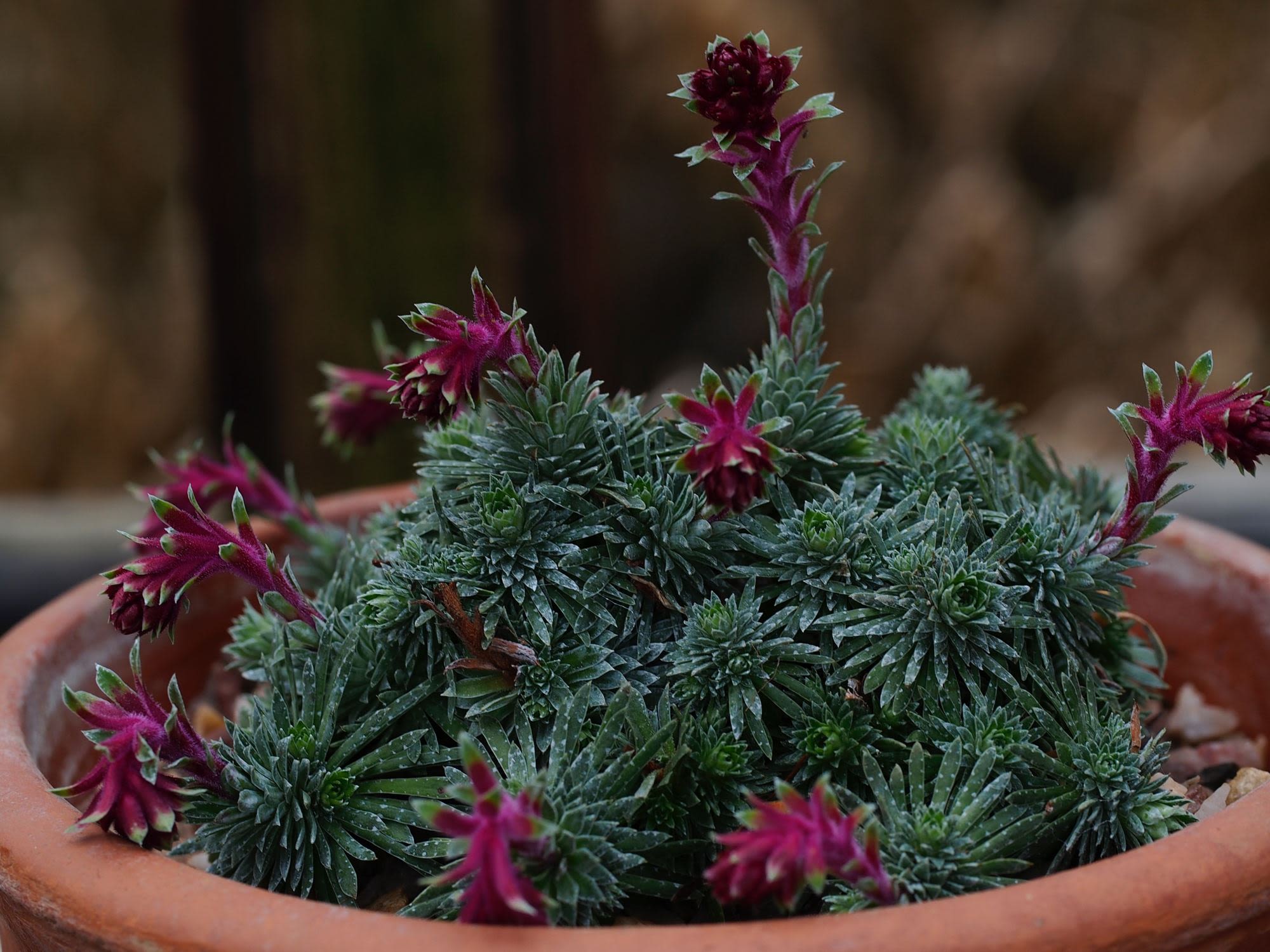
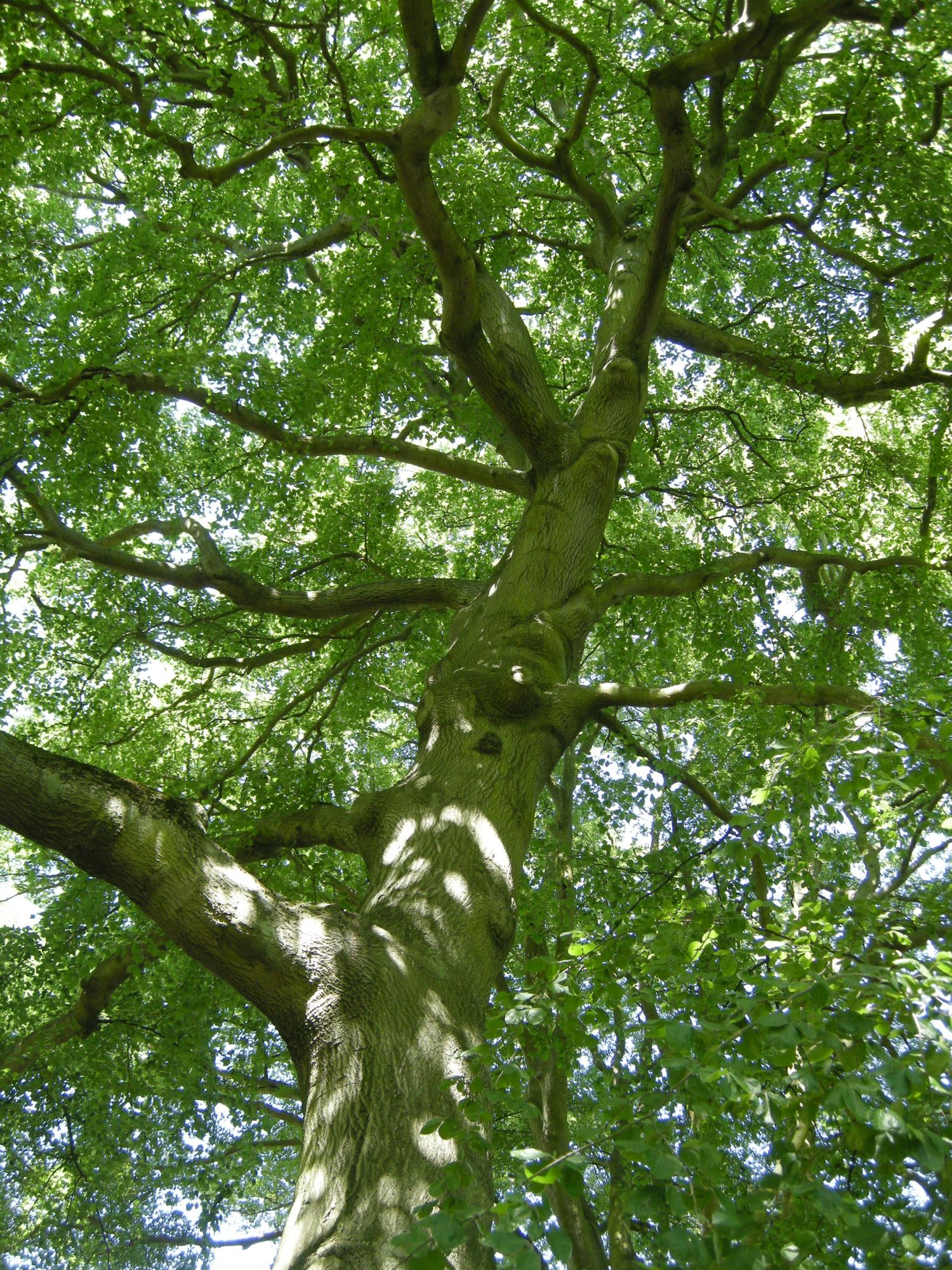

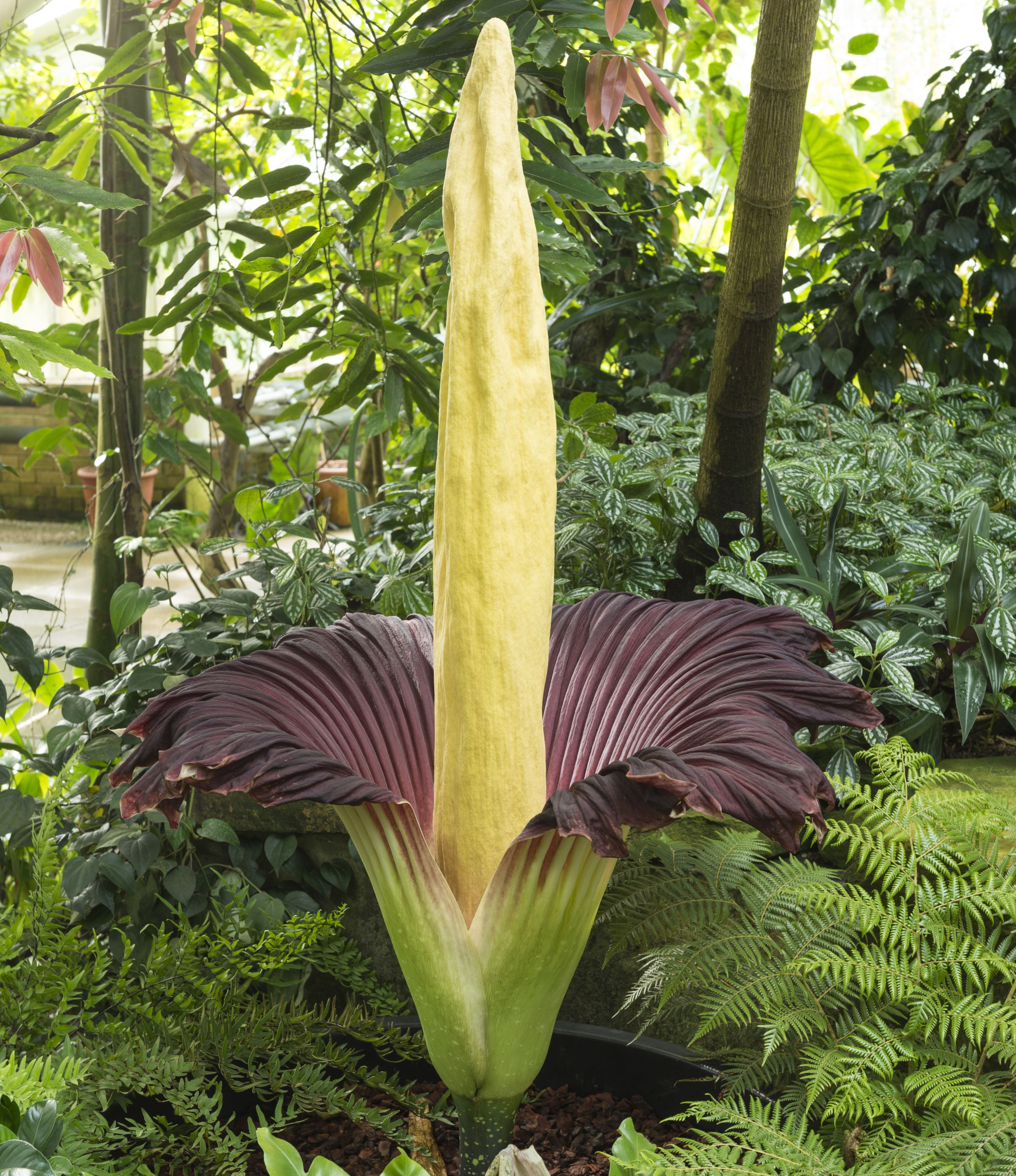
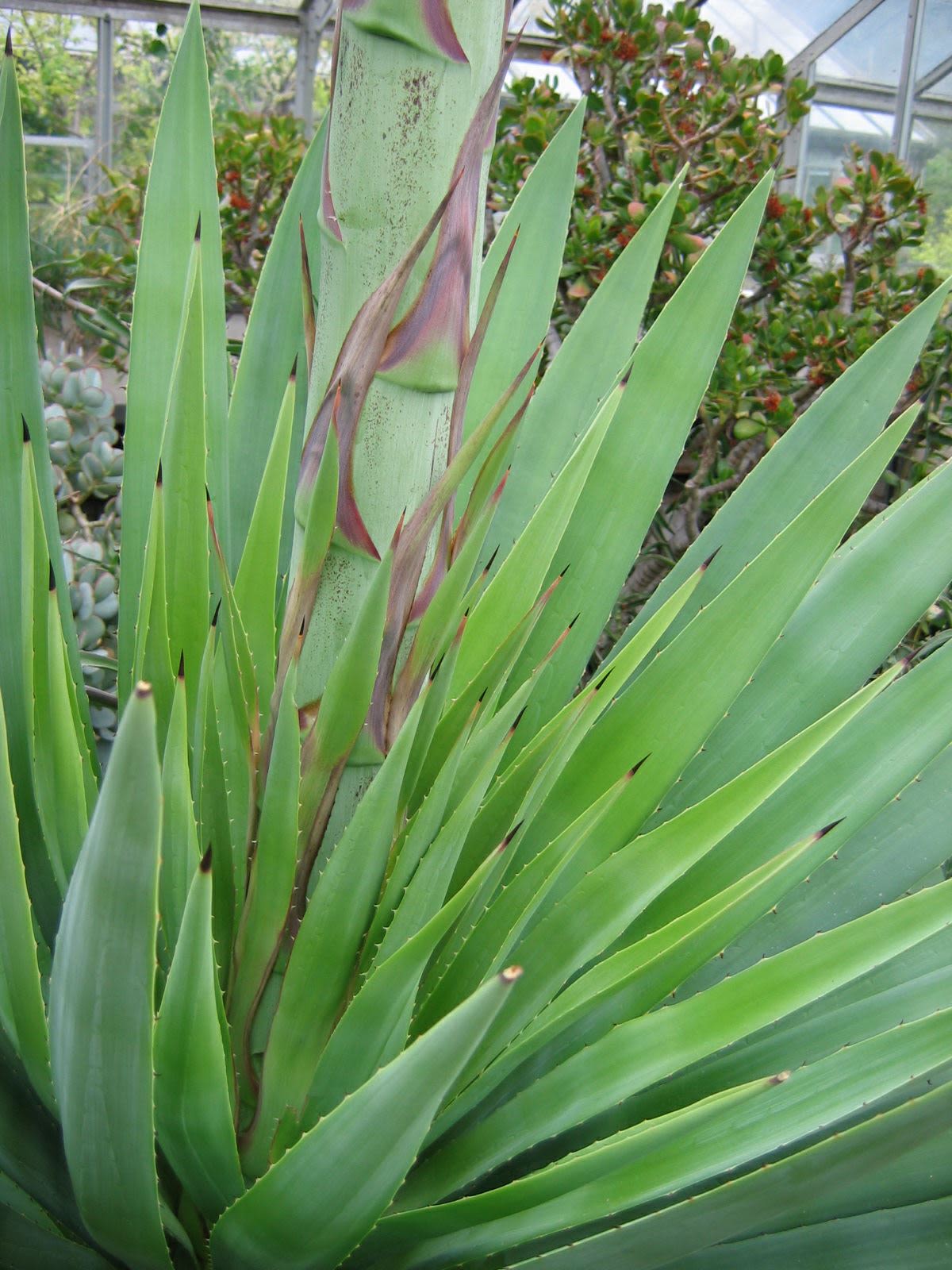
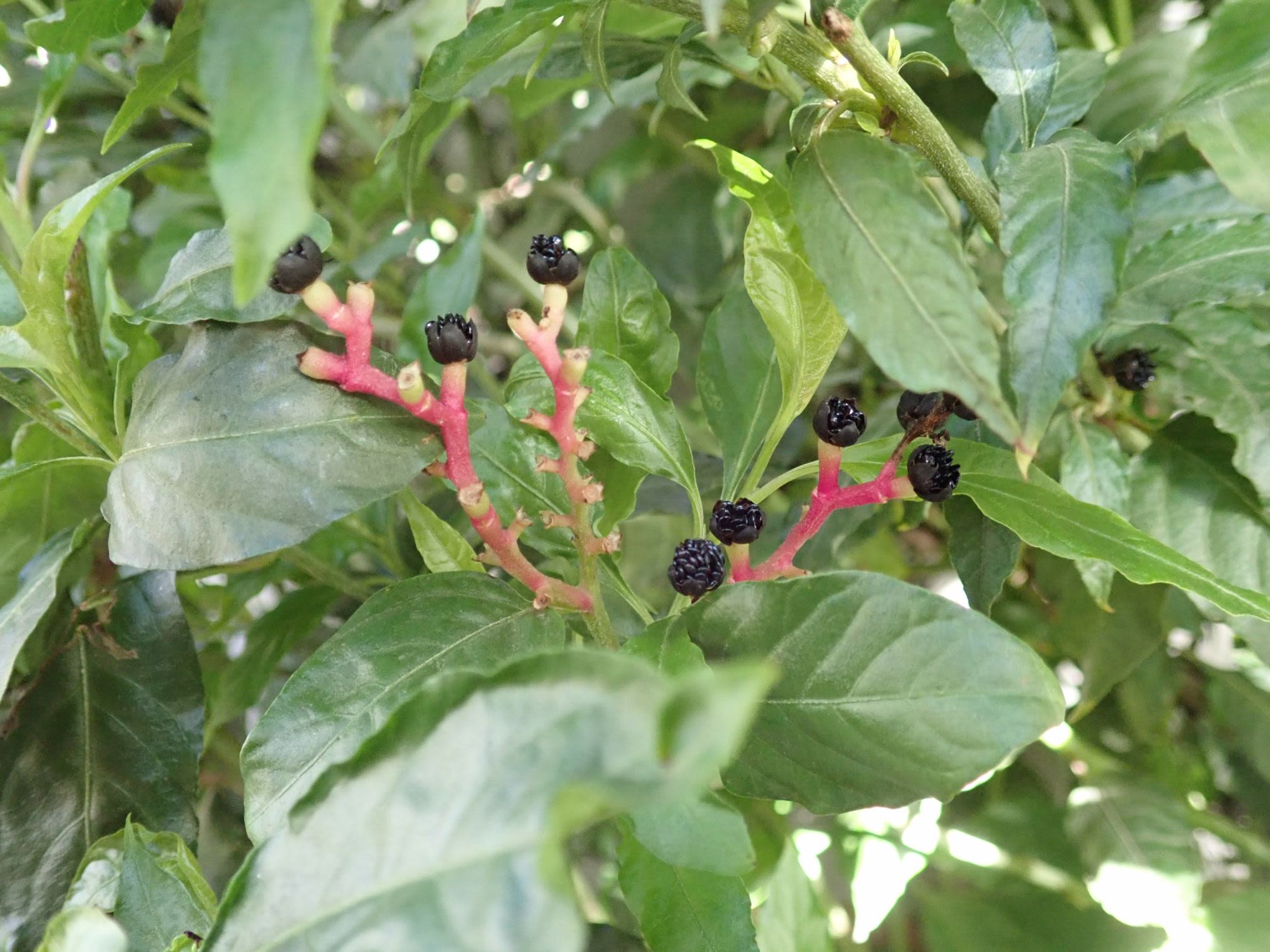
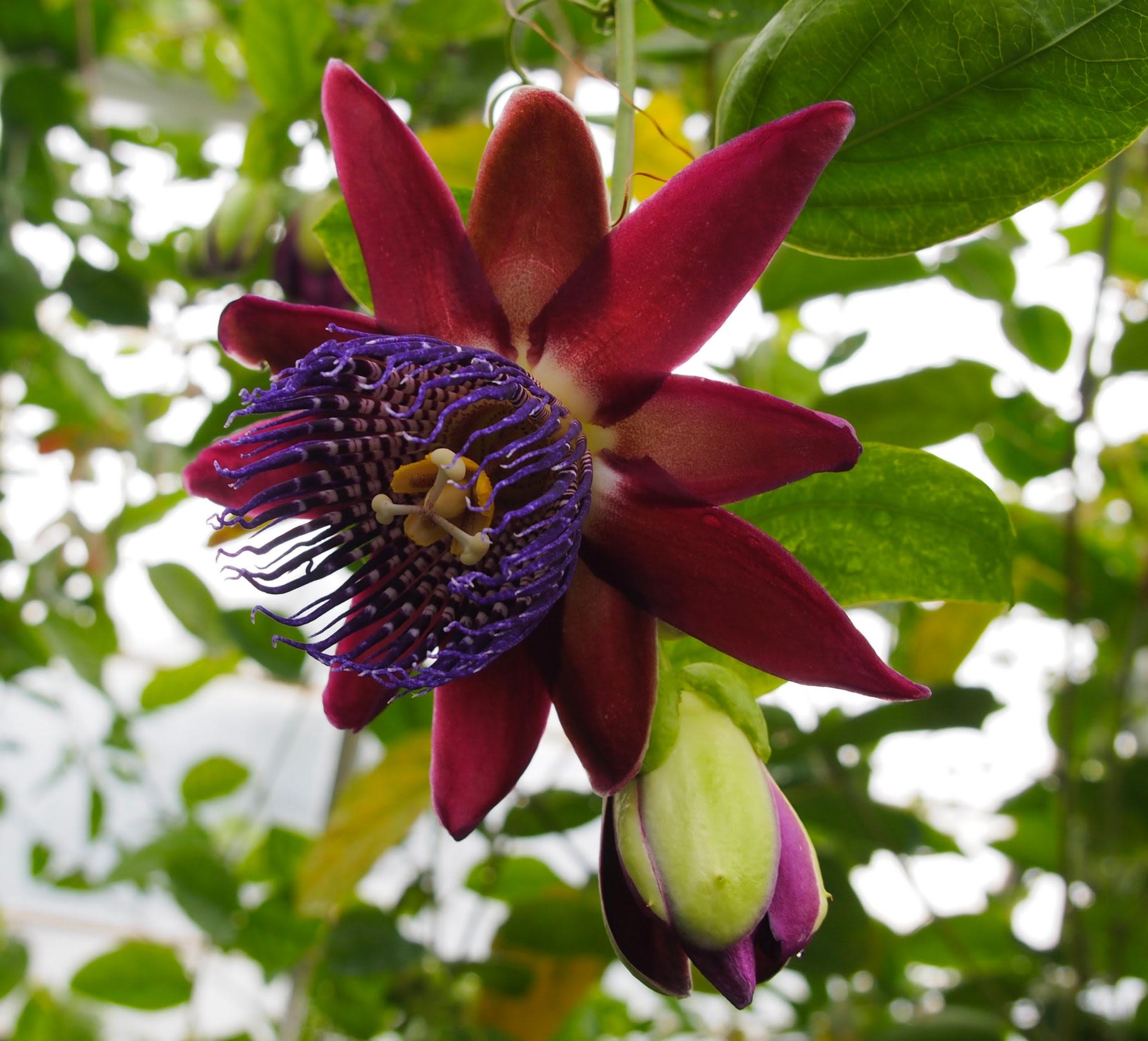
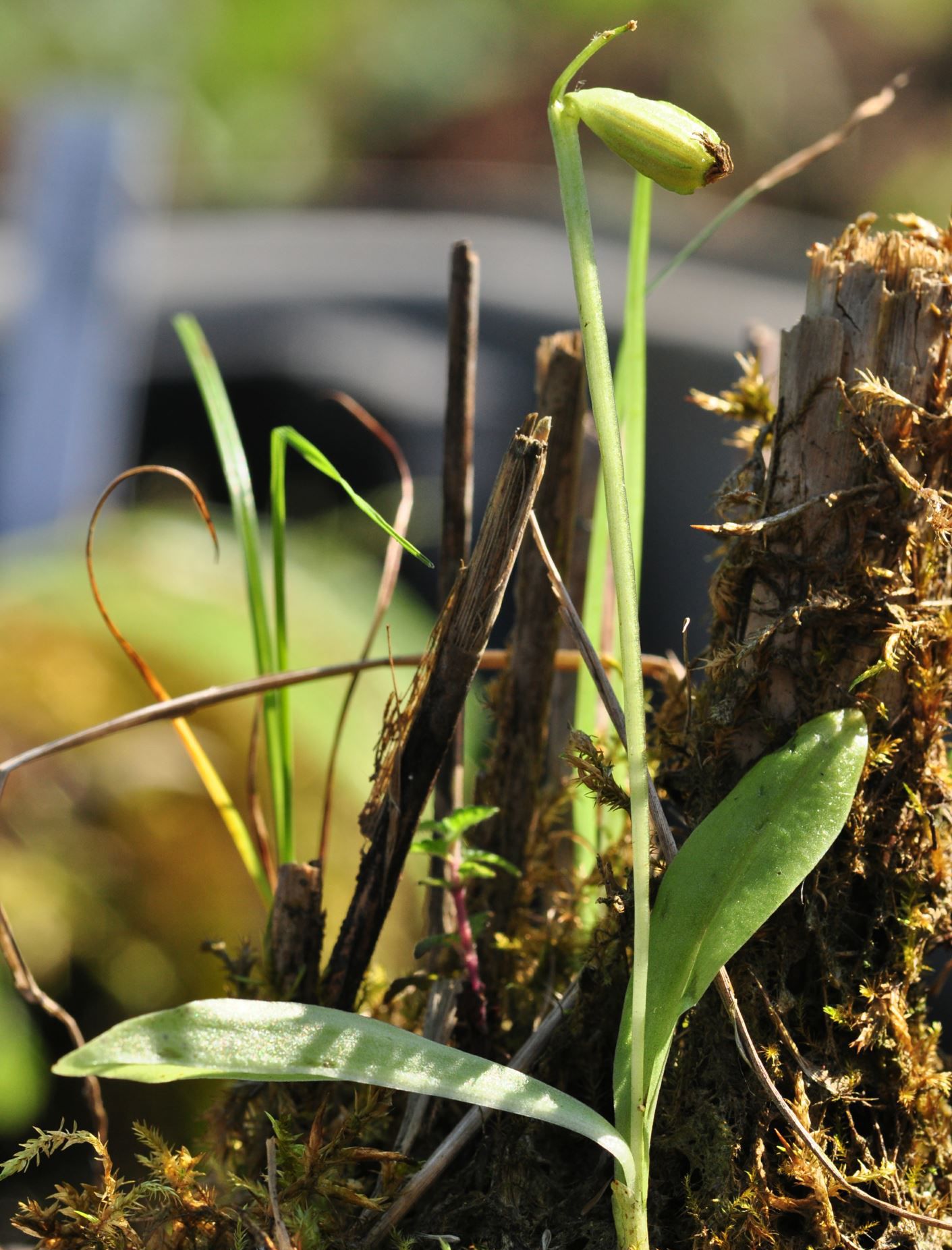
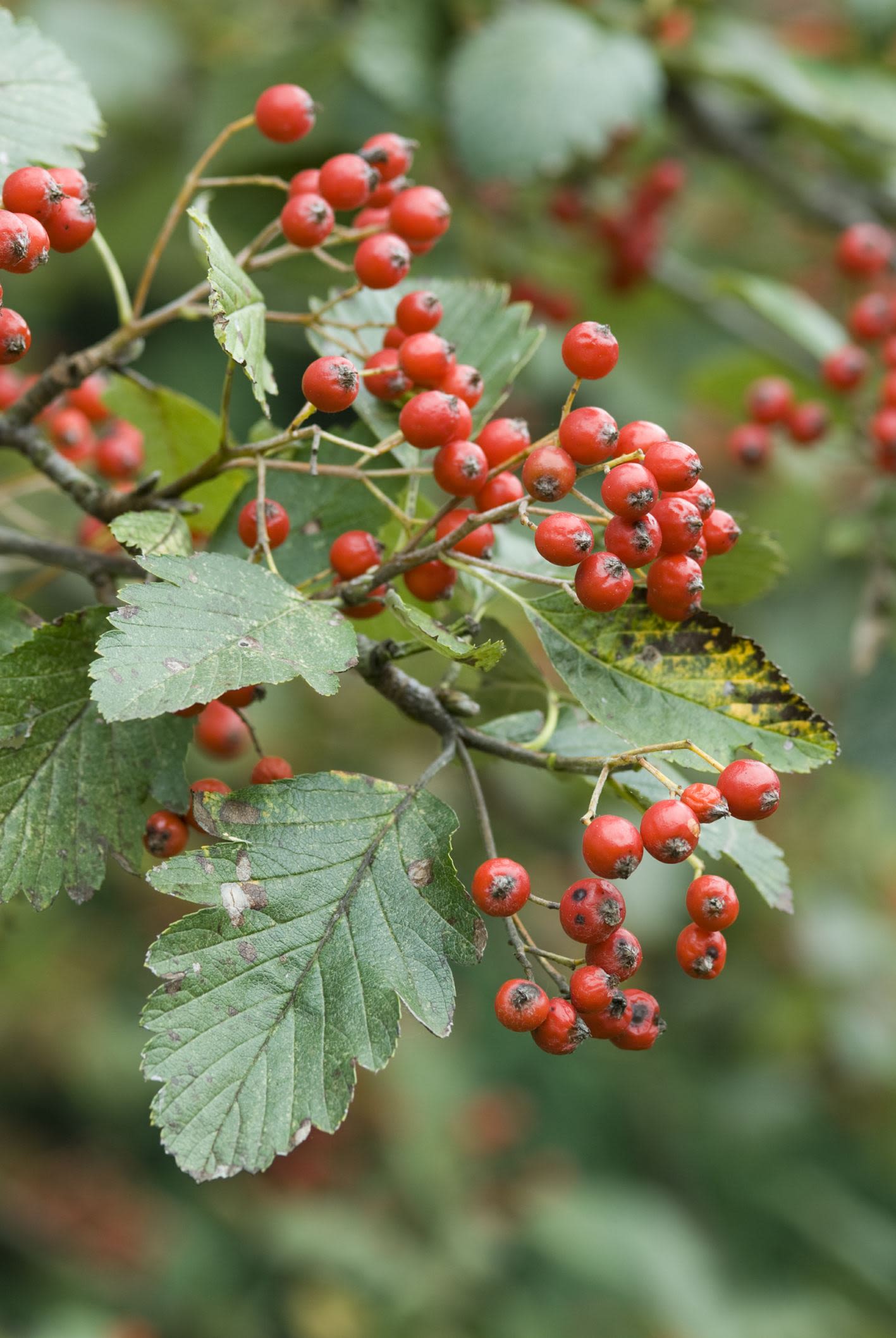
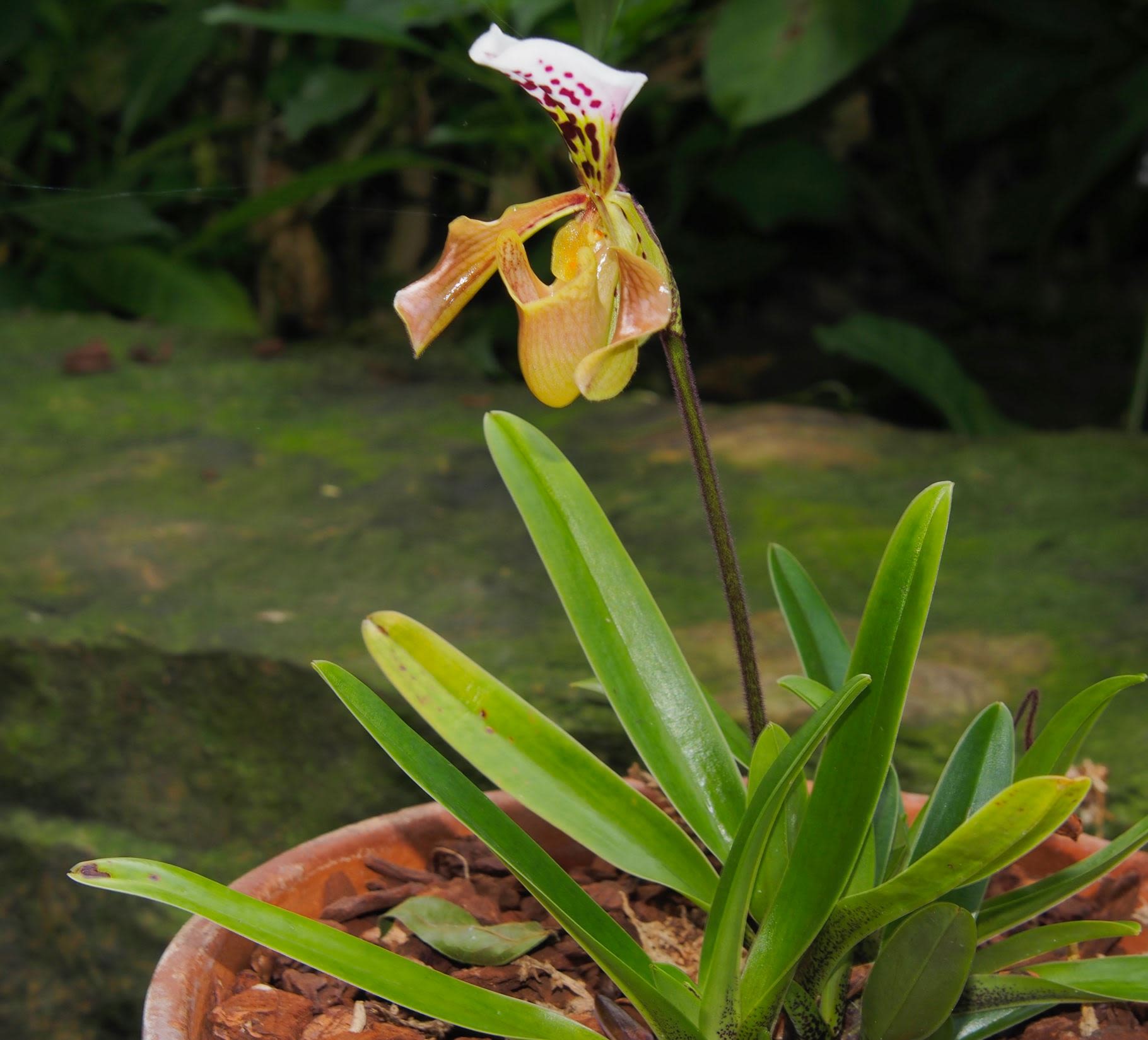

Saxifraga sempervivum CUBG hosts the National Collection of European Saxifraga species. These charming alpine plants often have chalk glands in their leaves to help them release calcium carbonate crystals out of their tissues. Working with Dr Raymond Wightman from the Sainsbury Laboratory, CUBG staff discovered that Saxifraga sempervivum exudates a compound rarely found on Earth: vaterite. This unstable form of calcium carbonate had not been found before in plants, and never in such large amounts. It had been detected in small quantities in crustaceans, birds’ eggs, and fishes’ ears, but is more often associated with outer space!
Saxifraga sempervivum CUBG hosts the National Collection of European Saxifraga species. These charming alpine plants often have chalk glands in their leaves to help them release calcium carbonate crystals out of their tissues. Working with Dr Raymond Wightman from the Sainsbury Laboratory, CUBG staff discovered that Saxifraga sempervivum exudates a compound rarely found on Earth: vaterite. This unstable form of calcium carbonate had not been found before in plants, and never in such large amounts. It had been detected in small quantities in crustaceans, birds’ eggs, and fishes’ ears, but is more often associated with outer space!

Fagus sylvatica forms The most extreme representatives of morphologic variability within a species are what Prof. Rev. John Stevens Henslow, founder of CUBG, liked to call 'Monstrosities'. Today, visitors to the Garden can see a number of beautiful monsters, extreme forms of the common European tree Fagus sylvatica (Beech) including the weeping beech, with its pendulous branches; and the cut-leaved beech.
Fagus sylvatica forms The most extreme representatives of morphologic variability within a species are what Prof. Rev. John Stevens Henslow, founder of CUBG, liked to call 'Monstrosities'. Today, visitors to the Garden can see a number of beautiful monsters, extreme forms of the common European tree Fagus sylvatica (Beech) including the weeping beech, with its pendulous branches; and the cut-leaved beech.

Lithops pseudotruncatella subsp. Dendritica Lithops is a genus of plants of the Aizoaceae family that only occurs in southern Africa. Their name means “stones”, and it was well chosen by N.E. Brown, when he described the genus in 1922. They have succulent, brown, or grey leaves, which are almost undetectable among small stones. They are only given away by their brightly coloured flowers.
Lithops pseudotruncatella subsp. Dendritica Lithops is a genus of plants of the Aizoaceae family that only occurs in southern Africa. Their name means “stones”, and it was well chosen by N.E. Brown, when he described the genus in 1922. They have succulent, brown, or grey leaves, which are almost undetectable among small stones. They are only given away by their brightly coloured flowers.

Amorphophallus titanum The Titan Arum, arguably the Garden’s most iconic plant, is one of the largest inflorescences – a cluster of flowers on a branch or a system of branches – in the plant kingdom. Titans have an organ called the spadix that bares the flowers at the bottom, and at the top produces heat to release a strong rotting-flesh smell that attracts pollinating flies. The last time the Garden’s Titan flowered was in 2017 and the inflorescence reached about 136 cm in height. The team pollinated the female flowers with pollen from a plant from the Eden Project and the Garden now has 160 young Titans in its nursery.
Amorphophallus titanum The Titan Arum, arguably the Garden’s most iconic plant, is one of the largest inflorescences – a cluster of flowers on a branch or a system of branches – in the plant kingdom. Titans have an organ called the spadix that bares the flowers at the bottom, and at the top produces heat to release a strong rotting-flesh smell that attracts pollinating flies. The last time the Garden’s Titan flowered was in 2017 and the inflorescence reached about 136 cm in height. The team pollinated the female flowers with pollen from a plant from the Eden Project and the Garden now has 160 young Titans in its nursery.

Agave tequilana Source of Mexico's famous tequila, this plant is a large rosette of leaves. When mature, the leaves are removed, and the fleshy heart of the rosette undergoes a fermentation process to produce the spirit. These rosettes can live for decades before flowering, but then die. One of CUBG's plants flowered in 2016, producing a such a long inflorescence that it towered above the glasshouse. A regrowth of the plant lives on in the collection.
Agave tequilana Source of Mexico's famous tequila, this plant is a large rosette of leaves. When mature, the leaves are removed, and the fleshy heart of the rosette undergoes a fermentation process to produce the spirit. These rosettes can live for decades before flowering, but then die. One of CUBG's plants flowered in 2016, producing a such a long inflorescence that it towered above the glasshouse. A regrowth of the plant lives on in the collection.

Pleuropetalum darwinii Charles Darwin was a student of Prof. Rev. John Stevens Henslow, CUBG's founder who recommended him to be the naturalist on HMS Beagle. During this five-year voyage, Darwin kept in touch with Henslow and sent him all his botanical collections, now cared for at Cambridge's herbarium. Among the plants he collected in the Galapagos archipelago was Pleuropetalum darwinii. A specimen sampled by Darwin was sent by Henslow to Joseph Dalton Hooker (in Kew), who recognised it as a new species and dedicated it to his discoverer. Today, the species is red-listed as vulnerable and is rare in cultivation.
Pleuropetalum darwinii Charles Darwin was a student of Prof. Rev. John Stevens Henslow, CUBG's founder who recommended him to be the naturalist on HMS Beagle. During this five-year voyage, Darwin kept in touch with Henslow and sent him all his botanical collections, now cared for at Cambridge's herbarium. Among the plants he collected in the Galapagos archipelago was Pleuropetalum darwinii. A specimen sampled by Darwin was sent by Henslow to Joseph Dalton Hooker (in Kew), who recognised it as a new species and dedicated it to his discoverer. Today, the species is red-listed as vulnerable and is rare in cultivation.

Passiflora trialata Passion flowers are astonishing tropical plants. Most are vines, although some are large trees. They are so-called because their flowers are thought to represent Christ’s passion. The tendrils are imagined to be the whips used to torture Christ. The flower's structure is associated with Christ's crown of thorns. The ten pieces that compose the sepals and petals represent the ten faithful apostles. The five anthers represent the five wounds, and the three stigmas represent the nails. Passion flowers have interesting relationships with butterflies - when caterpillars eat their poisonous leaves, they become toxic to their predators. But passion flowers need their leaves to photosynthesise so they have evolved glands that look like butterfly eggs. When a butterfly is looking for a leaf to lay its eggs on, it's tricked into thinking the leaf is already taken.
Passiflora trialata Passion flowers are astonishing tropical plants. Most are vines, although some are large trees. They are so-called because their flowers are thought to represent Christ’s passion. The tendrils are imagined to be the whips used to torture Christ. The flower's structure is associated with Christ's crown of thorns. The ten pieces that compose the sepals and petals represent the ten faithful apostles. The five anthers represent the five wounds, and the three stigmas represent the nails. Passion flowers have interesting relationships with butterflies - when caterpillars eat their poisonous leaves, they become toxic to their predators. But passion flowers need their leaves to photosynthesise so they have evolved glands that look like butterfly eggs. When a butterfly is looking for a leaf to lay its eggs on, it's tricked into thinking the leaf is already taken.

Liparis loeselii Known as the Fen orchid, this plant is native to the UK and is locally threatened. CUBG is part of a conservation project aiming to reintroduce this species to its natural habitat.
Liparis loeselii Known as the Fen orchid, this plant is native to the UK and is locally threatened. CUBG is part of a conservation project aiming to reintroduce this species to its natural habitat.

Sorbus leyana Also known as Ley's whitebeam, this native UK tree is almost extinct. It is currently considered 'critically endangered' by the International Union for Conservation of Nature, and is threatened because of livestock farming and other ecosystem modifications.
Sorbus leyana Also known as Ley's whitebeam, this native UK tree is almost extinct. It is currently considered 'critically endangered' by the International Union for Conservation of Nature, and is threatened because of livestock farming and other ecosystem modifications.

Paphiopedilum gratrixianum This orchid is native to Cambodia, China South-Central, China Southeast, Laos, Thailand and Vietnam. But this beautiful plant is now almost extinct. It is currently considered 'critically endangered' by the International Union for Conservation of Nature.
Paphiopedilum gratrixianum This orchid is native to Cambodia, China South-Central, China Southeast, Laos, Thailand and Vietnam. But this beautiful plant is now almost extinct. It is currently considered 'critically endangered' by the International Union for Conservation of Nature.


